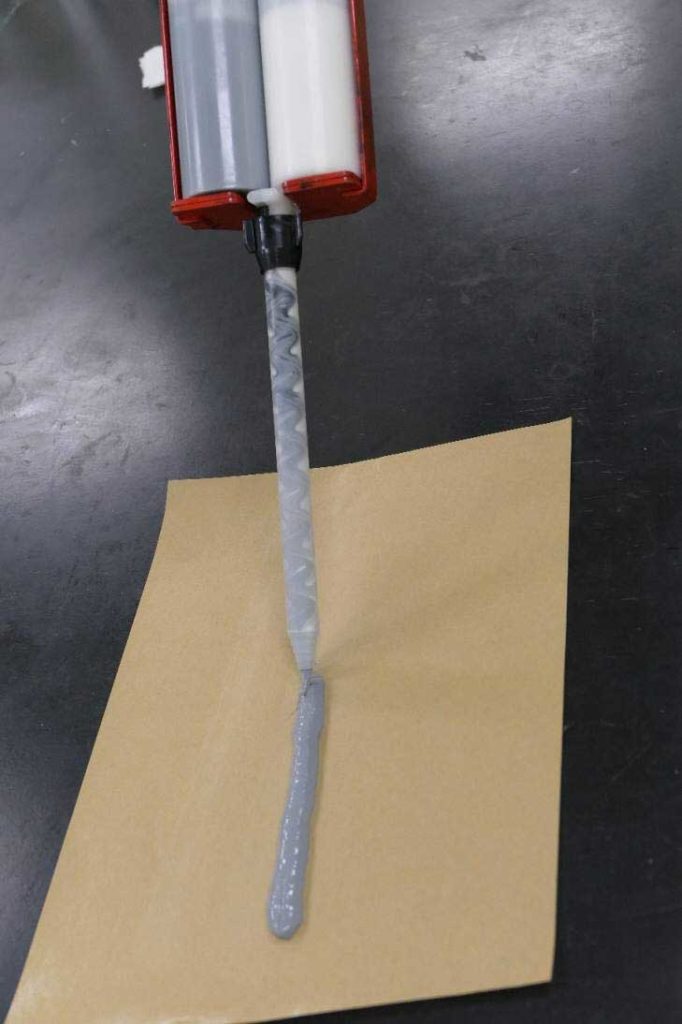New technology from Yokohama Rubber will help in the production of a two-component urethane adhesive with high strength and excellent elasticity.
The technology will be applied to the development of adhesives for automobile body structures, an area expected to see rapid growth worldwide. It can be also applied to various industrial adhesives, including those used in electronic devices exposed to harsh heat cycles.
With this new technology, Yokohama Rubber succeeded in achieving maximum tensile strength of 20Mpa to 40Mpa, comparable to that of epoxy-based adhesives with excellent elasticity unique to urethane adhesives with maximum elongation of 200% to 500%. These numerical values exceed the upper limit of the so-called banana curve that defines the performance range generally considered technically difficult to achieve. They also greatly improve urethane’s curability, helping overcome slow and/or imperfect curing caused by environmental conditions, such as temperature and humidity, which is considered one of the material’s weak points.
The new technology realizes short takt times that enable both pot life and initial adhesion to be around two to five minutes. The new technology also greatly improves temperature resistance, maintaining stable physical properties in a much wider range from -30°C to 180°C (-22°F to 357°F) compared with conventional urethane adhesives. In addition to its excellent dynamic durability, this urethane adhesive demonstrates stable strength and elongation characteristics when the deviation in the mixing ratio of the two components is kept within ±20%. Furthermore, its physical properties can be controlled by changing the mixing ratio, which makes it possible to adjust the physical properties as required by the different materials and/or bonding locations.
Yokohama Rubber will continue to test this new technology and aims to use it to commercialize next-generation industrial adhesives.




